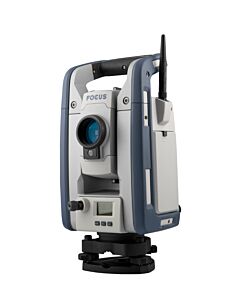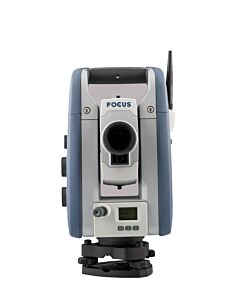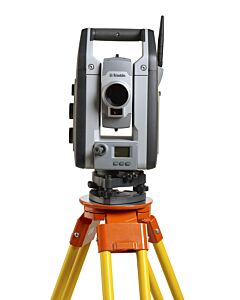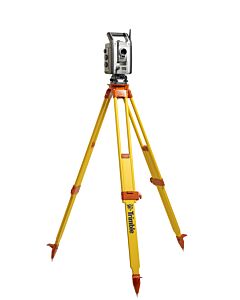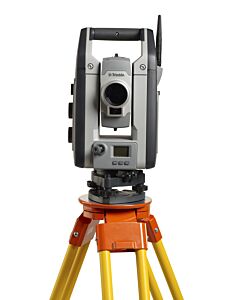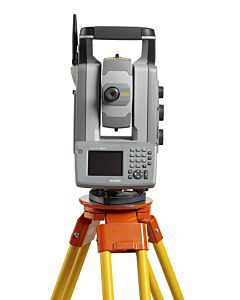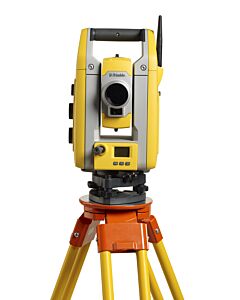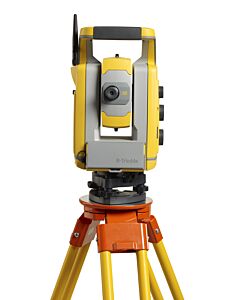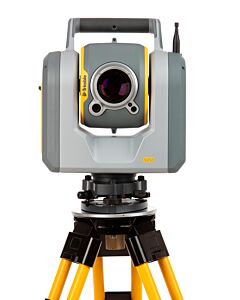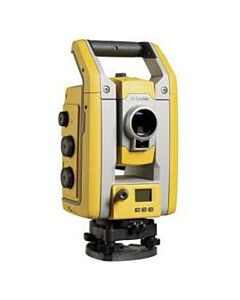Robotic Total Stations: What Are They and Their Benefits
What Is a Robotic Total Station?
A robotic total station is an optical surveying instrument that uses robotics to automate the positioning and aiming of the device. This allows for faster and more accurate measurements than with manual operation.
A robotic total station can also be programmed to perform specific tasks, such as repeating a measurement or calculating the area or volume of a particular feature. This makes it ideal for use in construction and engineering projects.
What Are the Benefits of a Robotic Total Station?
There are several benefits to using a robotic total station, like increased accuracy. A robotic total station will typically achieve higher accuracy than a total manual station. This makes it ideal for use in applications where precise measurements are required, such as land surveys or construction projects.
Robotic total stations are also high-speed and efficient, saving time and money on projects. They can also be used in difficult or dangerous locations where it would be difficult or unsafe for a person to operate total station surveying equipment.
How Do Robotic Total Stations Work?
A robotic total station consists of two main parts: the telescope and the controller. The telescope is used to take measurements, and the controller is used to control the telescope and automate its movements. The controller can be either a handheld unit, or it can be mounted on a tripod.
The controller is connected to the telescope by a cable, and it sends commands to the telescope to control its movement. The telescope can be moved in all directions, including up to 360 degrees horizontally and vertically. It can also be tilted up and down to achieve the desired angle. This allows the controller to position the telescope accurately at any location.
The controller can also be programmed to perform specific tasks, such as repeating a measurement or calculating the area or volume of one particular feature. This makes it ideal for use in construction and engineering projects.
How Does a Total Station Measure Distance?
A total station calculates the distance by measuring the angle between two points and then using trigonometry to calculate the distance between them. This is known as triangulation. The total station will first measure the angle between the two points, and then it will rotate to the second point and measure the angle again. It then calculates the distance between the two points using the trigonometric function sine.
How Accurate Is a Total Station?
A robotic total station is more accurate than a manual total station. The telescope can be moved in all directions, including up to 360 degrees horizontally and vertically. It can also be tilted up and down to achieve the desired angle. This allows the controller to position the telescope accurately at any location.
The degree of accuracy depends on the model of the robotic total station and the conditions under which it is used. However, most robotic total stations have an accuracy of 1-2 millimeters.
What's the Difference Between a Theodolite and a Total Station?
A theodolite is a type of telescope that is used to measure angles. It is mainly used for surveying and construction projects. A total station is a type of theodolite that gathers extremely accurate information over great distances. It is used for land surveys, engineering projects, and construction projects. It also includes a controller to automate its movements. This allows for faster and more accurate measurements than with manual operation.
